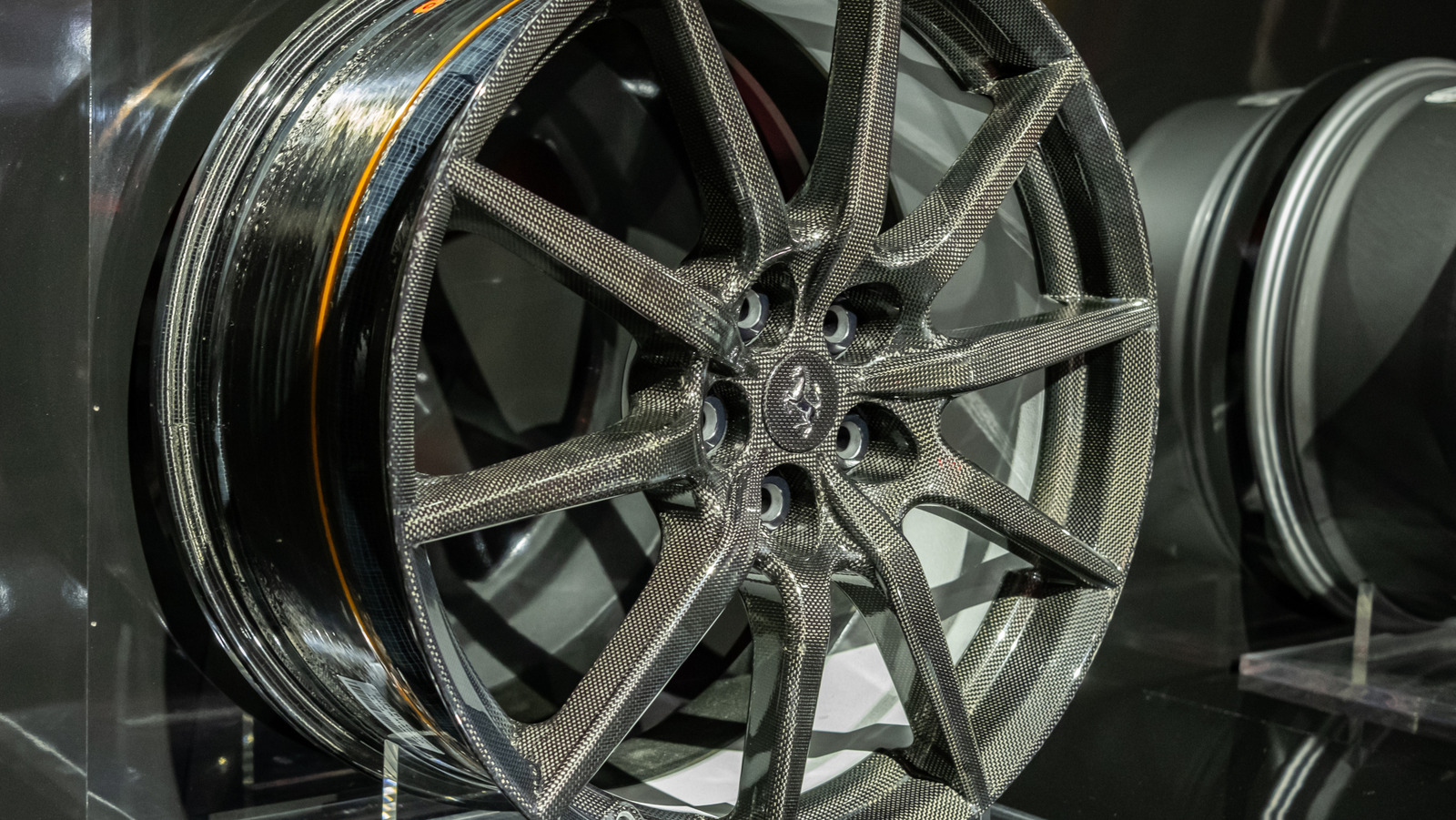By Chino Ortiz
Copyright jalopnik

Carbon fiber wheels exist because, for the right kind of driver — or automaker — they solve problems aluminum never could. They’re light but made of sturdy and durable carbon fibers tightly interlaced and secured with resin (epoxy), forming a robust structure without excess weight. That means less unsprung mass fighting against suspension. It also translates to sharper handling and faster acceleration. Carbon fiber wheels are stiff, resisting flex where alloys might give way, and that stiffness improves cornering grip. On EVs, shaving pounds at the wheels helps extend range. Ford bragged about weight savings on the Mustang GT350R since 2015, even offering carbon fiber wheels as an option for the 2024 Mustang Dark Horse. Other players are trying out diverse methods, like Hyundai and its semi-carbon wheel.
As carbon fiber wheels grow in popularity, many drivers find themselves wondering whether they can be repaired if damaged. The short answer is that it depends on the type of damage. Light curb rash or a chipped clear coat? That’s cosmetic and fixable with sanding, resin work, and repainting. However, cracks, delamination, and structural fractures are another story. Carbon fiber doesn’t bend like metal. And when it fails, repairs aren’t as simple as welding or reshaping. Many cases require advanced processes to even attempt a fix, and the line between “repairable” and “trash” is razor thin.
That’s the paradox — carbon wheels are advanced, high-performance upgrades, but they’re also delicate in ways that aluminum isn’t. Yes, they can be repaired. And in many cases, repairs are absolutely worth it, considering the fact that a set of carbon fiber wheels can cost thousands of dollars, but only if the damage lives in the shallow end of the pool.



